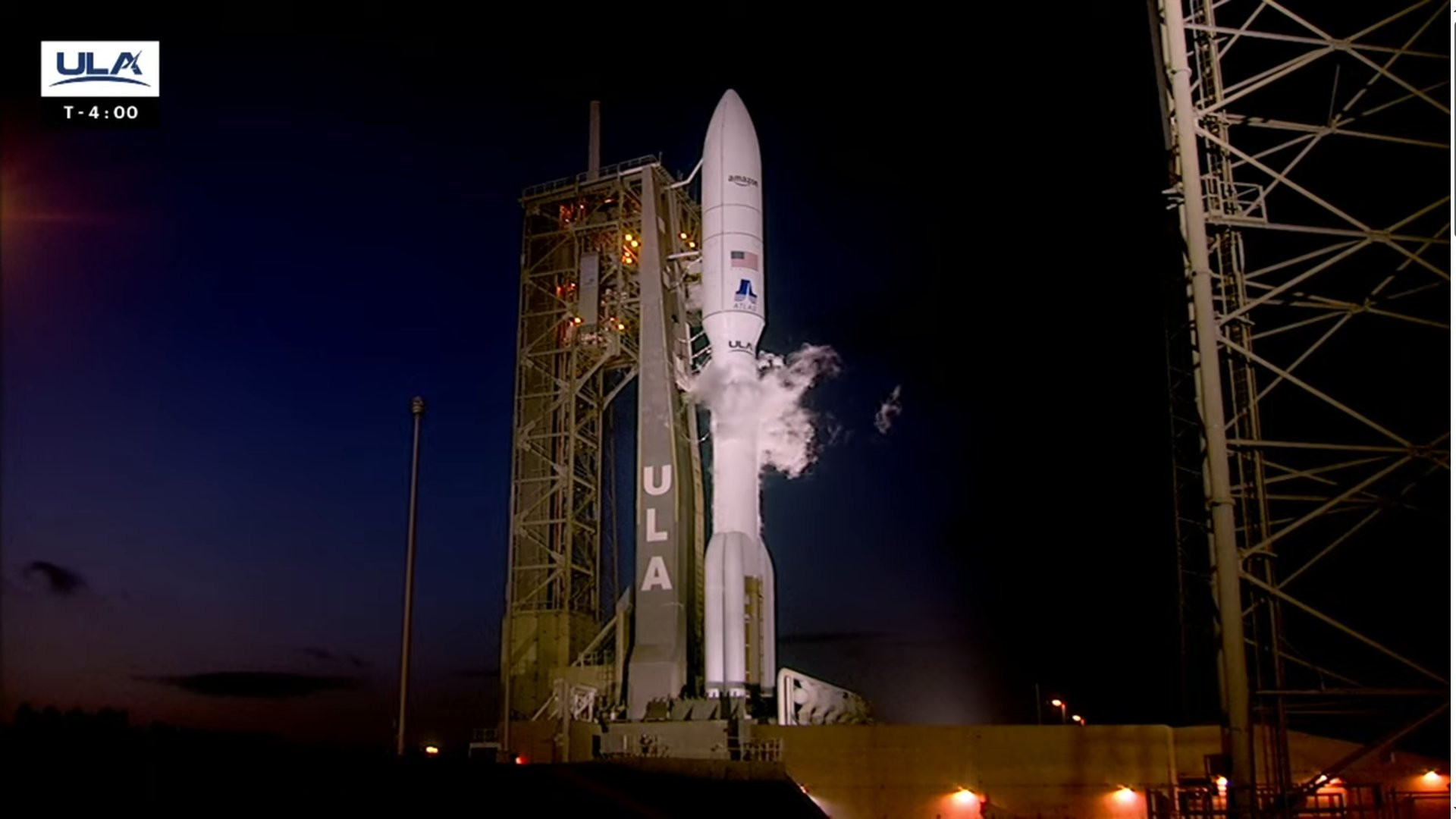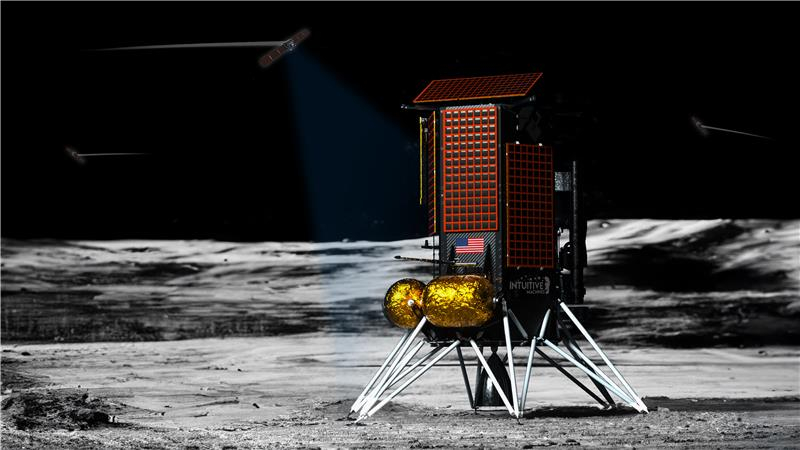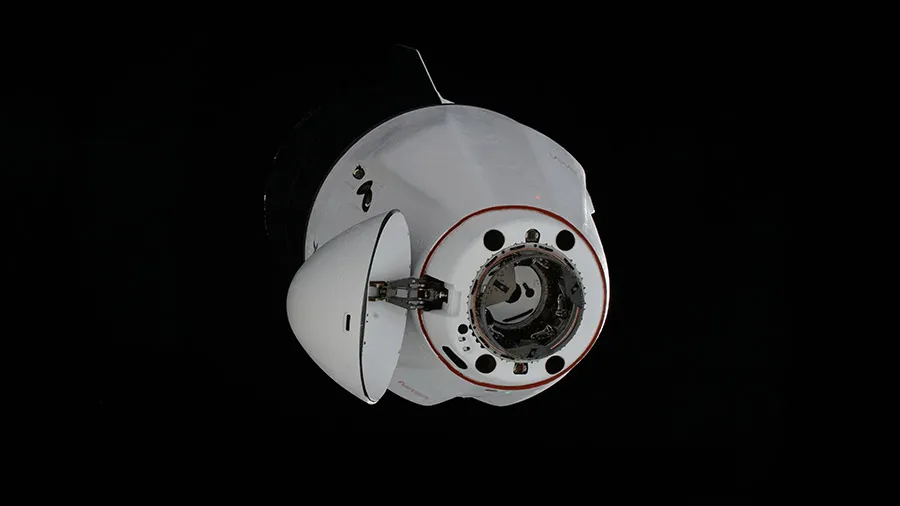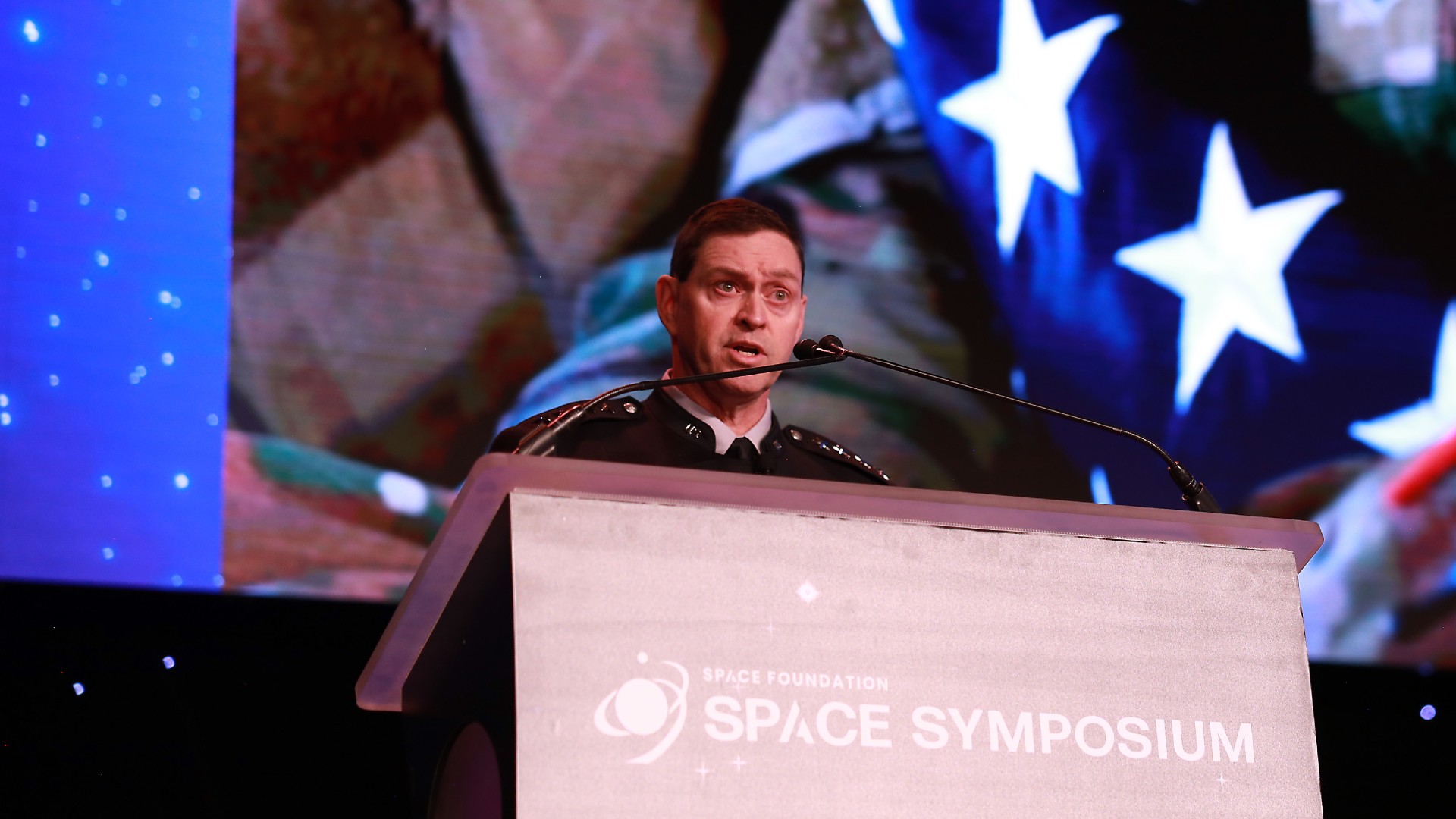Scientists discover largest black hole jet ever seen in the early universe — its twice as long as our galaxy
"Interestingly, the quasar powering this massive radio jet does not have an extreme black hole mass compared to other quasars."
Astronomers have detected the largest black hole-launched jet ever seen in the early universe.
The twin-lobed jet that existed when the universe was just 1.2 billion years old stretches out for an incredible 200,000 light-years at the very least, making it twice as long as the width of the Milky Way.
Even more surprisingly, the black hole that powers the quasar from which this jet erupts, designated J1601+3102, is relatively small. (For a quasar-powering supermassive black hole, that is. It still has a mass equivalent to 450 million suns).
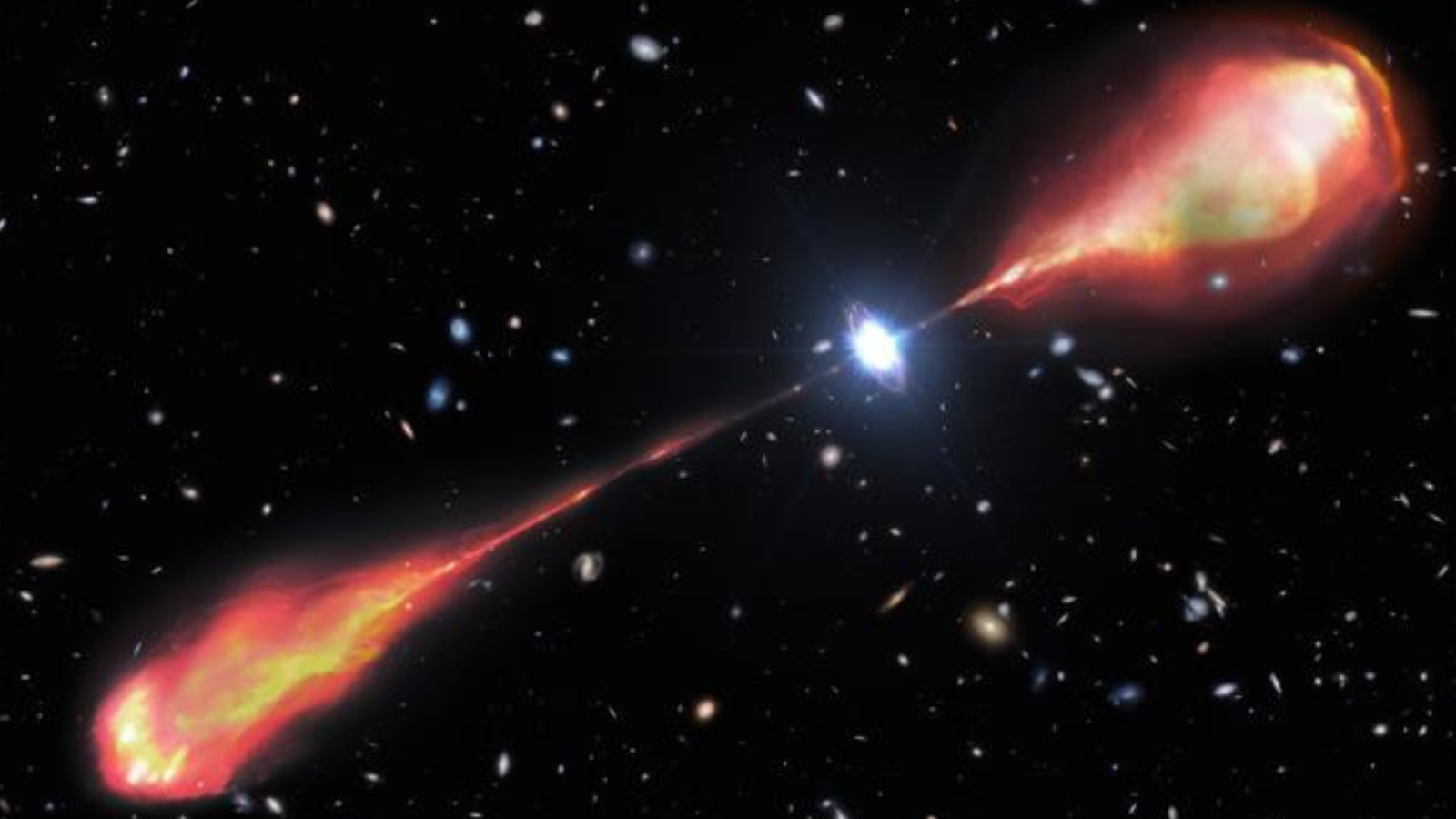
"Interestingly, the quasar powering this massive radio jet does not have an extreme black hole mass compared to other quasars," Anniek Gloudemans, team leader and a researcher at NOIRLab, said in a statement. "This seems to indicate that you don't necessarily need an exceptionally massive black hole or accretion rate to generate such powerful jets in the early universe."
Painting a picture of early supermassive black hole jets
Though all large galaxies are thought to have a central supermassive black hole with a mass millions or even billions of times that of the sun, not all of these cosmic titans power quasars.
Quasars are formed when supermassive black holes are surrounded by a wealth of gas and dust upon which they can feed. This material generates a flattened, swirling cloud of gas and dust called an accretion disk around the black hole. The tremendous mass of the supermassive black hole generates tidal forces and immense friction in the accretion disk that superheats it and causes it to glow brightly.
Not all of the material in an accretion disk is fed into the central black hole; some is channeled to its poles by powerful magnetic fields. These particles are accelerated to nearly the speed of light and are blasted out from both poles as highly collimated twin jets.
Get the Space.com Newsletter
Breaking space news, the latest updates on rocket launches, skywatching events and more!
These jets can be seen at great distances by radio telescopes and are a common sight in the local universe. Thus far, however, they've been somewhat elusive in the early universe when the 13.8 billion-year-old cosmos was less than 10% of its current age.
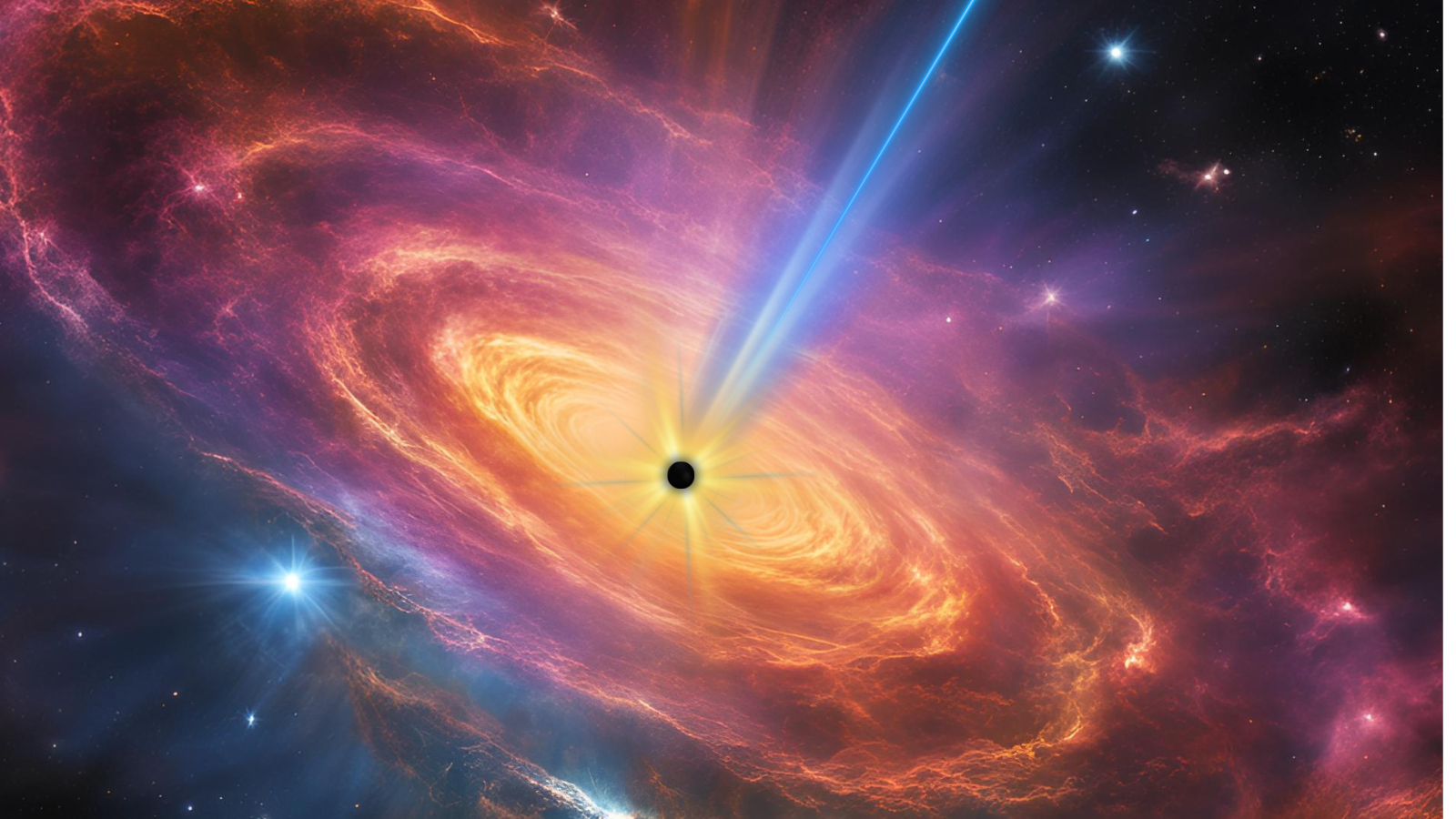
The jet erupting from J1601+3102 was first observed by the international Low-Frequency ARray (LOFAR) Telescope, a network of radio telescopes based across Europe.
This detection was followed up on by the Gemini Near-Infrared Spectrograph (GNIRS), while the Hobby Eberly Telescope attempted to observe it in visible light.
"We were searching for quasars with strong radio jets in the early universe, which helps us understand how and when the first jets are formed and how they impact the evolution of galaxies," Gloudemans said. "It's only because this object is so extreme that we can observe it from Earth, even though it’s really far away.
"This object shows what we can discover by combining the power of multiple telescopes that operate at different wavelengths."
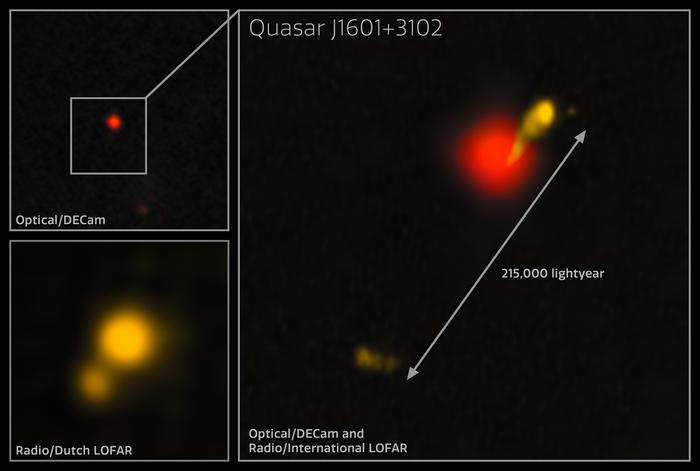
One key aim of these follow-up observations was to determine the characteristics of this quasar and the supermassive black hole that powers it.
Thus far, the team has been able to determine that the black hole has a mass of 450 million solar masses, but they also hope to learn the rate at which it is swallowing, or accreting, matter.
The team also found that the jets aren't quite twins. Not only is one shorter than the other, but one jet lobe is brighter than its counterpart. This could indicate that an extreme environment around the supermassive black hole affects its jets.
"When we started looking at this object, we were expecting the southern jet to just be an unrelated nearby source and for most of it to be small. That made it quite surprising when the LOFAR image revealed large, detailed radio structures," team member Frits Sweijen from Durham University said. "The nature of this distant source makes it difficult to detect at higher radio frequencies, demonstrating the power of LOFAR on its own and its synergies with other instruments."
The team's research was published on Thursday (Feb. 6) in The Astrophysical Journal Letters.
Join our Space Forums to keep talking space on the latest missions, night sky and more! And if you have a news tip, correction or comment, let us know at: community@space.com.

Robert Lea is a science journalist in the U.K. whose articles have been published in Physics World, New Scientist, Astronomy Magazine, All About Space, Newsweek and ZME Science. He also writes about science communication for Elsevier and the European Journal of Physics. Rob holds a bachelor of science degree in physics and astronomy from the U.K.’s Open University. Follow him on Twitter @sciencef1rst.
-
Classical Motion These explanations seem doubtful to me. For one thing I don’t believe that we have ever detected a stationary object. Not one.Reply
Even if the ejected matter were at c speed, the emitter would have to be still, for 100K yrs., for a straight line structure like that. That line took time.
What’s the chance of that happening? Also…...that line has no wobble. Looking closely it will probably have a twist, but not a wobble. I have not looked closely.
And I have only 1 semester of astronomy. A 50 yr. old cloudy semester.
It’s an extremely puzzling structure for me. It should not be.
Unless it’s part of another structure we don’t/can’t see. -
bibhutibhusanpatel@gmail. Good observation;effortless in radio frequency of a supermassive black hole jet present 1.2 billlion years after the big bang on a telescope by the astronomers.More such examples may present.Reply -
Classical Motion Maybe those straight line structures were formed by space expansion in the past.Reply
